The continuous development of the wood industry, the possibility of financing from European funds, the desire for more and better make the Romanian producer to move to the next level, i.e. investment in technology. In terms of finishing, technology means better and more efficient machinery and systems for applying materials. For those who also want a clean and healthy working environment in addition to performance, investing in finishing lines is the best solution.
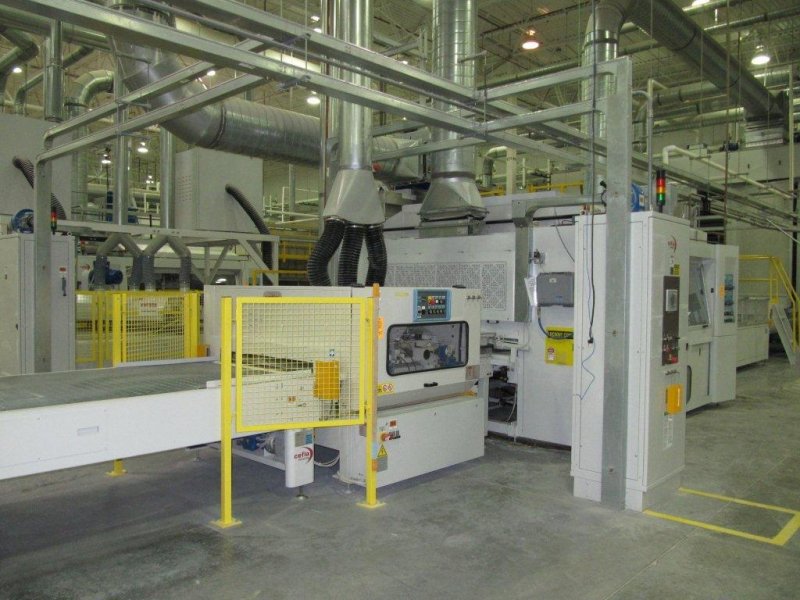
What are automated finishing lines
Automated finishing lines are assemblies of several units that allow furniture pieces to be finished without having to be transported manually from one stage to another. Such a finishing line may include: the blank sanding and stripping part, the finishing material application part, dryers, turning systems, the sanding part between coats, conveyor belts.
Automated finishing lines are specific systems. They are formed according to the specifics of production and the technologies that can be applied. And especially after the customer has explained very well what he wants to achieve and what finishing materials he will use. There will never be a valve application machine built into a line that finishes poured objects. That's why the cooperation between the customer, the machine supplier, the finishing material supplier and the finishing line manufacturer is very important.
Finishing lines are necessary when production is mass production, when productivity is very important, products must always be identical.
Automatic wood sanding
White sanding on special machines is very well done and keeps a very clean working environment. The machines are connected to exhaust systems and the dust from sanding is immediately removed. The same is done on the sanding side between coats. Read more about wood sanding on special machines here.
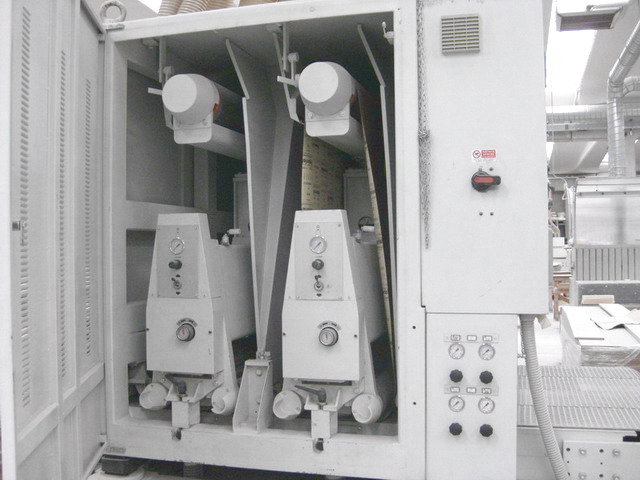
UV curing finishing lines
These finishing lines can be partially or fully capped. A line with very good results, both in terms of reducing working time and volatile organic compound (VOC) emissions, is the one with UV drying.
Materials that are applied with such lines can be both solvent-based and waterborne, but the lines are not identical. In the case of applying waterborne products, the drying part before entering under UV lamps is longer, because water needs a longer time to evaporate. The length of the drying tunnel is determined by the line manufacturer in discussion with the finishing material suppliers.

Application of finishing materials
The application of finishing materials on an automatic line is done with spray robots, valances, casting machines.
Robots have multiple spray heads that apply the material in a rotating or translating motion perpendicular to the workpiece. The spraying area is encapsulated and there is no loss of material outside the work enclosure. Most robots are equipped with photocells that start spraying when the workpiece reaches the range of the spray heads and stop spraying when the workpiece leaves the range, thus reducing losses.
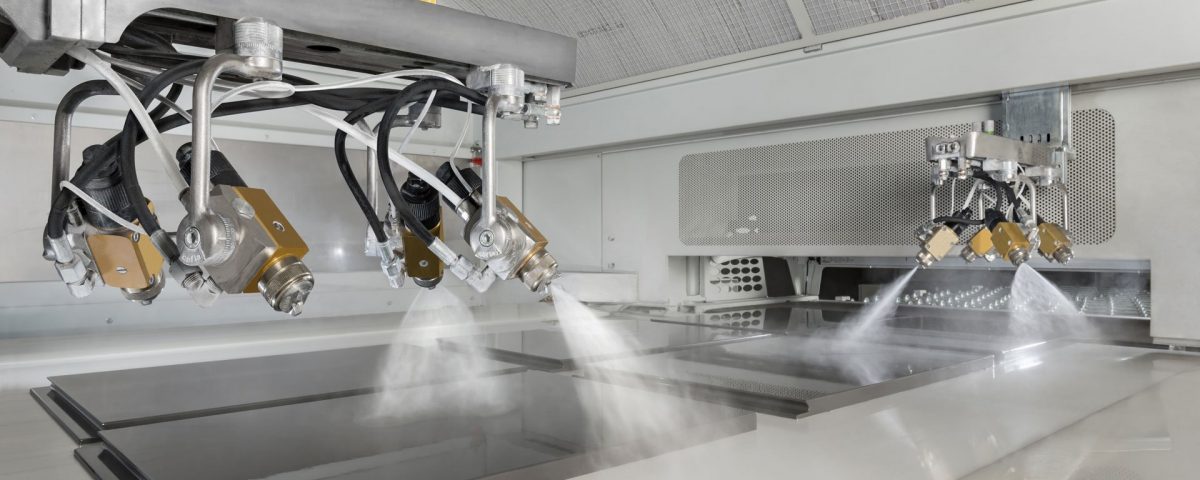
Casting machines allow a large amount of material to be applied to the surface of the part in one pass. It is a way of application where losses are much reduced, but it cannot be used for more elaborate parts. Casting machines used to be widely used, but have now been replaced by spray robots and valve application (when the shape of the parts allows it).
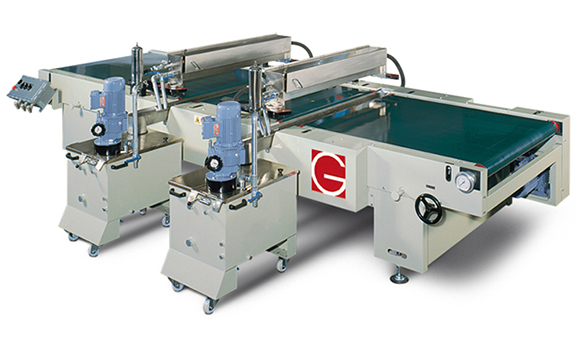
If you want a clean workspace, but produce custom furniture or custom antique furniture where workmanship is highly valued, you don't need finishing lines. You need high-performance application systems adapted to your production profile and a very good finishing system.
I hope you find the above information useful. As usual, additions are welcome. And if you have any questions or queries, please leave them in the space below. I'm sure I'll reply.

















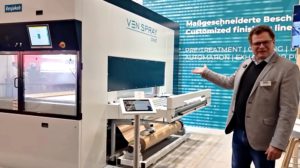



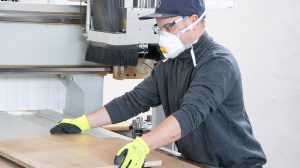

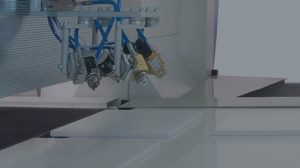
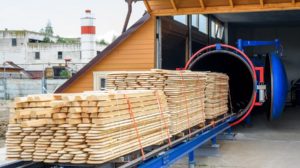
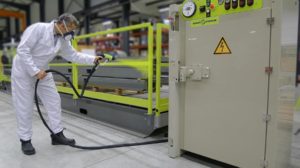
Add comment